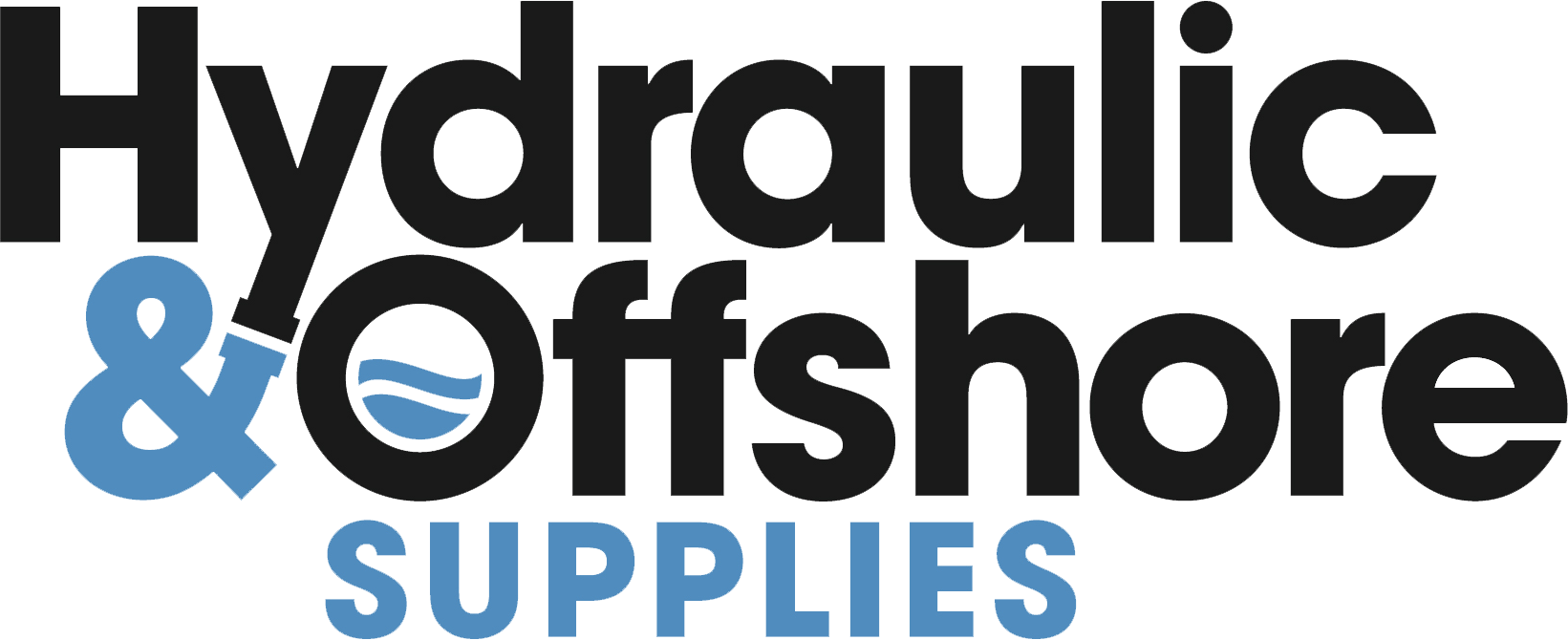How to work safely with hydraulics
Working on hydraulic equipment can be dangerous, especially if you are not well trained in the technology. Most injuries and deaths caused by accidents related to hydraulics have a common theme – the victims had little or no training in hydraulics. So, what are the main causes of accidents? Non-compliance with preventive maintenance…
Working on hydraulic equipment can be dangerous, especially if you are not well trained in the technology.
Most injuries and deaths caused by accidents related to hydraulics have a common theme – the victims had little or no training in hydraulics.
So, what are the main causes of accidents?
- Non-compliance with preventive maintenance
- Hydraulic products defects
- Micro-leakage of oil under pressure which is not visible to the naked eye
- A component breakage or a hose bursting
- Repeated movements of different elements of the machine
To minimise the risk of injury from working with hydraulic systems:
- Always conduct a thorough safety risk assessment of all requirements to perform work on hydraulic systems safely.
- Always use but understand the limitations of personal protective equipment including protective footwear, safety eyeglasses, gloves and protective clothing. Bear in mind that personal protective equipment may not protect against hydraulic fluid injection or oil burns, as high pressure and hot fluids may penetrate most gloves.
- Always ensure you have a diagram of the system or circuit and understand it, to identify all the isolation points in the system and any stored energy such as accumulators or load locks on actuators that need to be dissipated.
- Never work on a live hydraulic system or a system under load.
- Never use part of the hydraulic circuit for any task for which it was not intended.
- Never manually feel for leaks.
- Identify and isolate all energy sources, using isolation devices that are preferably lockable. Hydraulic systems are often powered by and energy sources such as electricity or diesel and these power sources must be isolated and secured.
- Always use appropriate hydraulic fittings that are specifically designed for the intended purpose.
- Always check that the hose type and ends are adequately rated for the operating pressures in the system.
- Do not exceed the rating for hydraulic cylinders as this can place strain on the cylinder componentry and may prevent safe and effective operation.
When used safely and in the manner for which they are designed, hydraulic systems and tools are a valuable and effective means of utilising hydraulic force to lift, pull, extend, tighten, open close and more. Always take care to observe safe working practices when handling hydraulic equipment and if unsure about any aspect of the work, always consult a trained professional.
For more information on working with hydraulics or to enquire about our services, feel free to contact our technical and sales teams on hos@hos.co.uk


